In the social and healthcare sector, it is possible to achieve nearly two billion euros in annual cost savings if the customer and patient data was organised more effectively in different information systems and their use was made smoother, according to a new report by the Finnish Innovation Fund Sitra. By being able to use similarly stored data across hundreds of IT systems in wellbeing services counties in Finland, healthcare work and support services can be enhanced.
In a new report (in Finnish, summary in English), Sitra proposes the adoption of standardised data models to facilitate the movement of data within social and healthcare services and to develop more efficient services.
Data models function as the background for information systems and provide a kind of common grammar for the data within the systems. With the help of models, information can be easily shared from one system to wherever it is needed, as well as analysed and compared.
Benefits and potential cost savings, especially for care of patients using multiple different social and healthcare services
Currently, social and healthcare information is scattered across different systems within wellbeing services counties in Finland and is not consistently recorded. For example, primary healthcare, specialised healthcare and social services have their own separate systems within wellbeing services counties, and the information cannot be effectively used in care planning and service provision. This information includes health data such as patient and medication information, treatment details and information related to social services.
According to Markus Kalliola, Project Director at Sitra, the implementation of data models would particularly enhance the care of patients who require multiple different social and healthcare services simultaneously. In this case, important patient-related information would always be consistently available to healthcare professionals. For example, the number of patient visits could be reduced if professionals had better access to necessary information and care could be prepared accordingly in advance.
“The healthcare costs of patient groups using multiple services make up the majority of national social and healthcare expenses. More efficient and better-planned care for these patients would bring enormous potential for cost savings,” says Kalliola, who is one of the authors of the report.
According to Sitra’s calculations, it is possible to achieve a potential cost savings of approximately 1.5 billion euros annually by streamlining care pathways. Additionally, there is a potential cost savings of approximately 450 million euros in the optimisation of support service processes. If the use of social and healthcare services decreases or becomes less frequent due to optimisation, fewer support services will also be needed. Examples of support services include appointment scheduling, patient transportation services and management of medication inventories.
Current funding needs to be redirected
The social and healthcare system will face significant challenges in the coming years, and wellbeing services counties are actively seeking savings. At the same time, they need to invest in information systems and technology.
“The funding intended for the integration of wellbeing services counties’ IT systems should be redirected towards the adoption of unified data models,” suggests Kalliola.
In order to achieve the savings, data models should be implemented in each collaborative area formed by the wellbeing services counties, and information systems and practices should be renewed. Particularly in the care of customers who require multiple social and healthcare services, the new knowledge base should be fully used.
“This change requires a reevaluation of previous decisions regarding information system development. It is possible that old solutions are not suitable for future needs,” says Kalliola.
A year ago, Sitra proposed several reforms regarding the use of data in their report “Datasta voimaa sote-järjestelmään” (“Powering the social health and social care system with data”, summary in English), including the use of artificial intelligence in the social and healthcare sector. The new report is a continuation of that previous report.
Sitra is also working on the establishment of the so-called European Health Data Space. The EU aims to ensure that health data is available as needed for both research and patient care, regardless of where individuals are located in Europe.
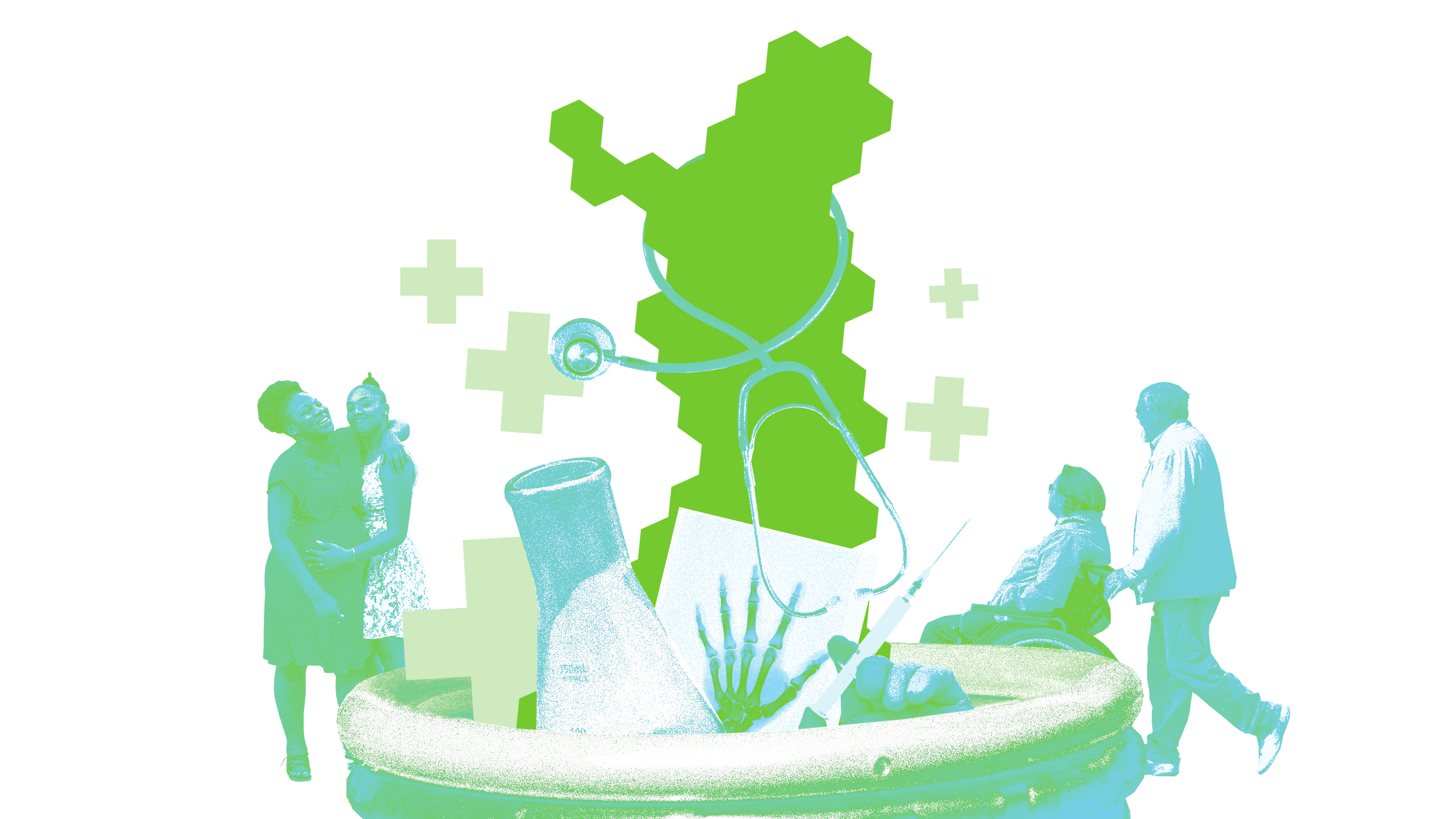
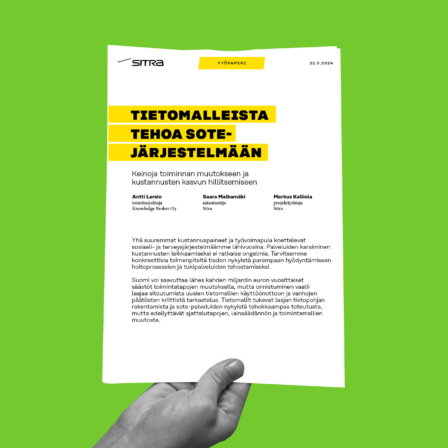




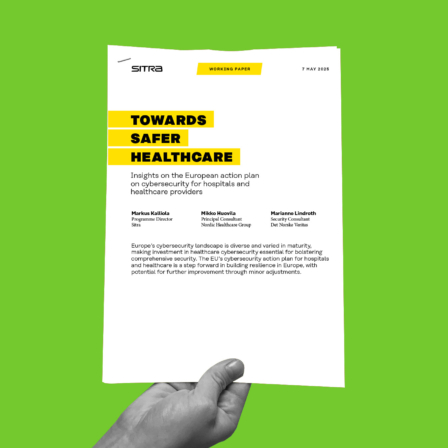

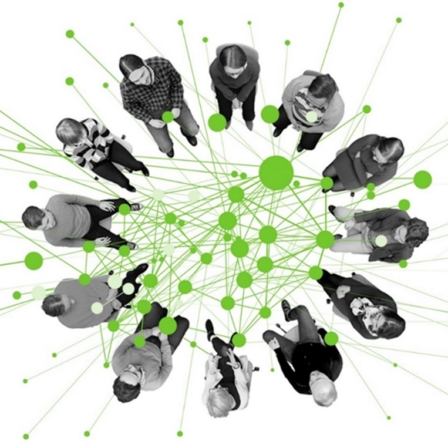
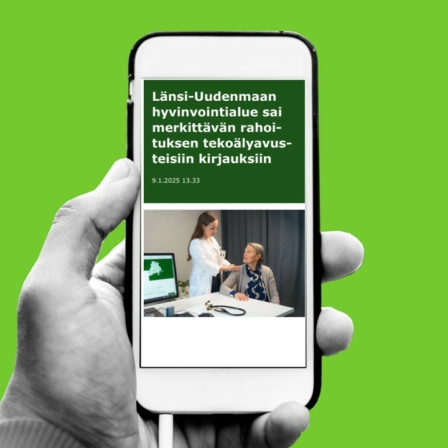




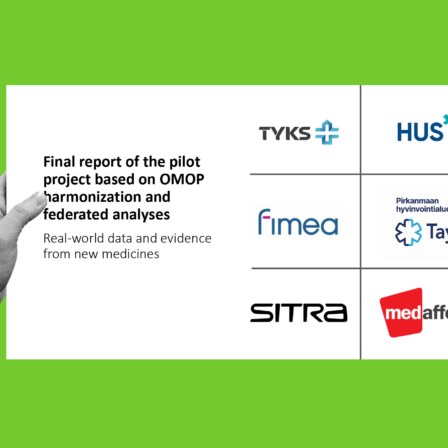

Latest